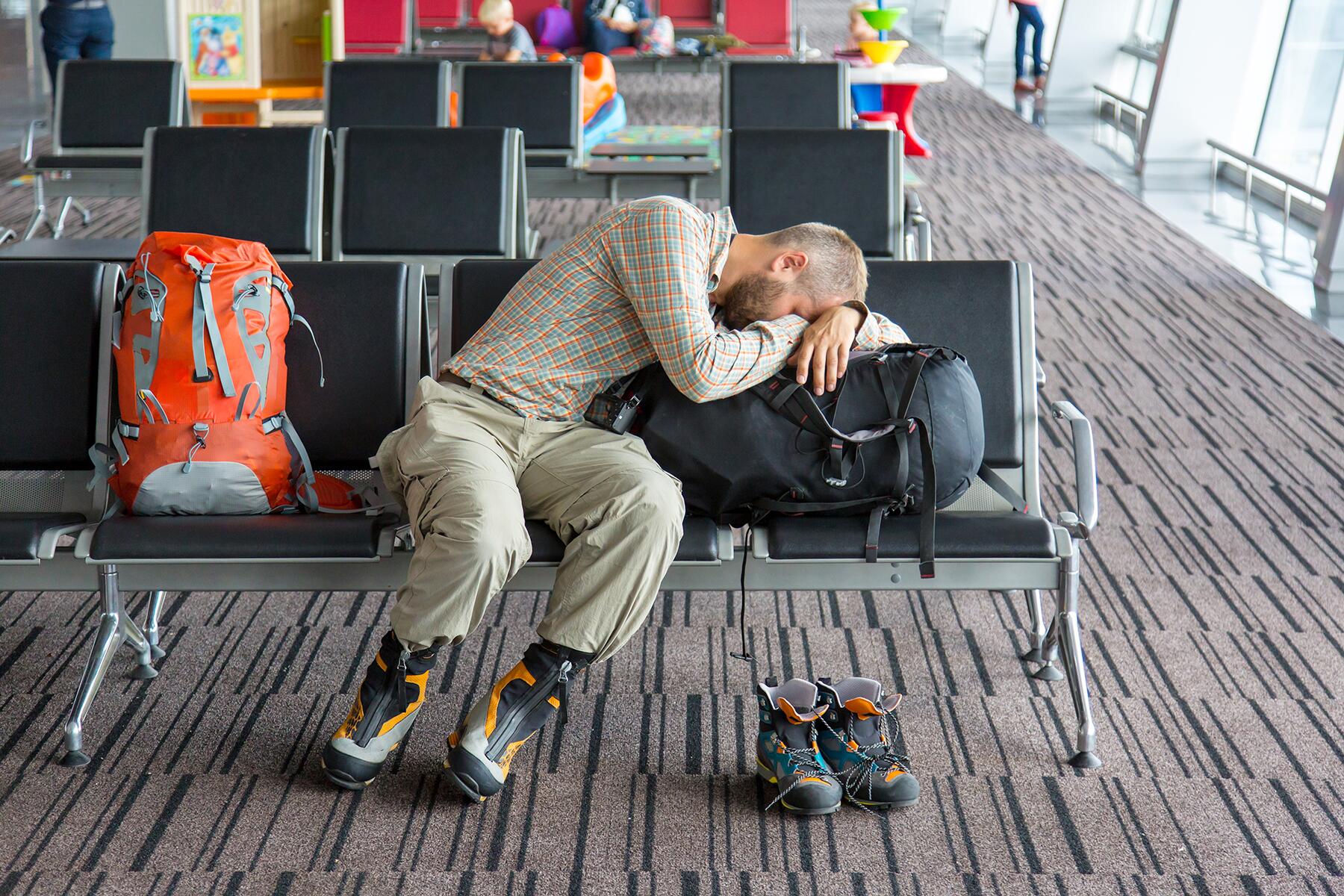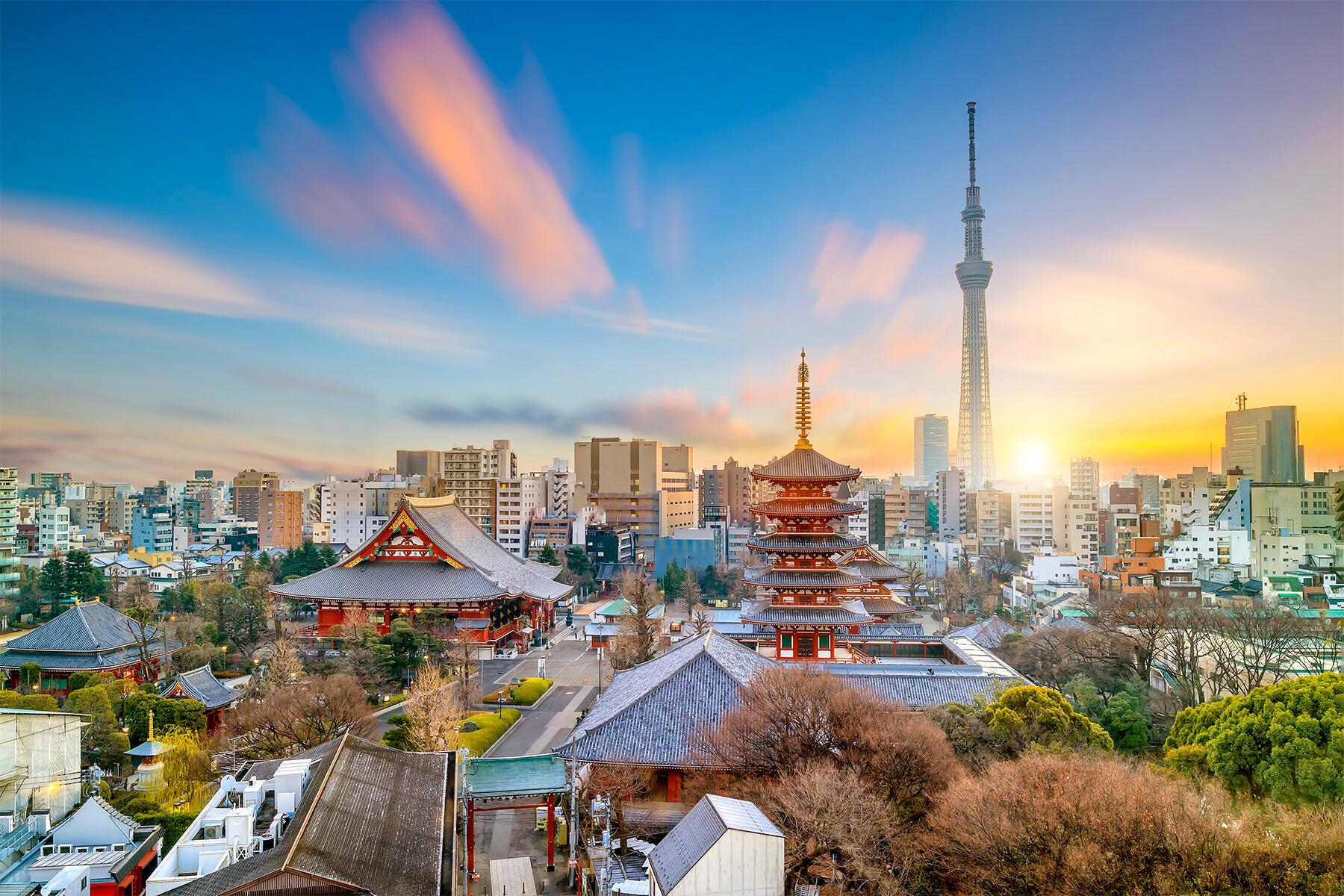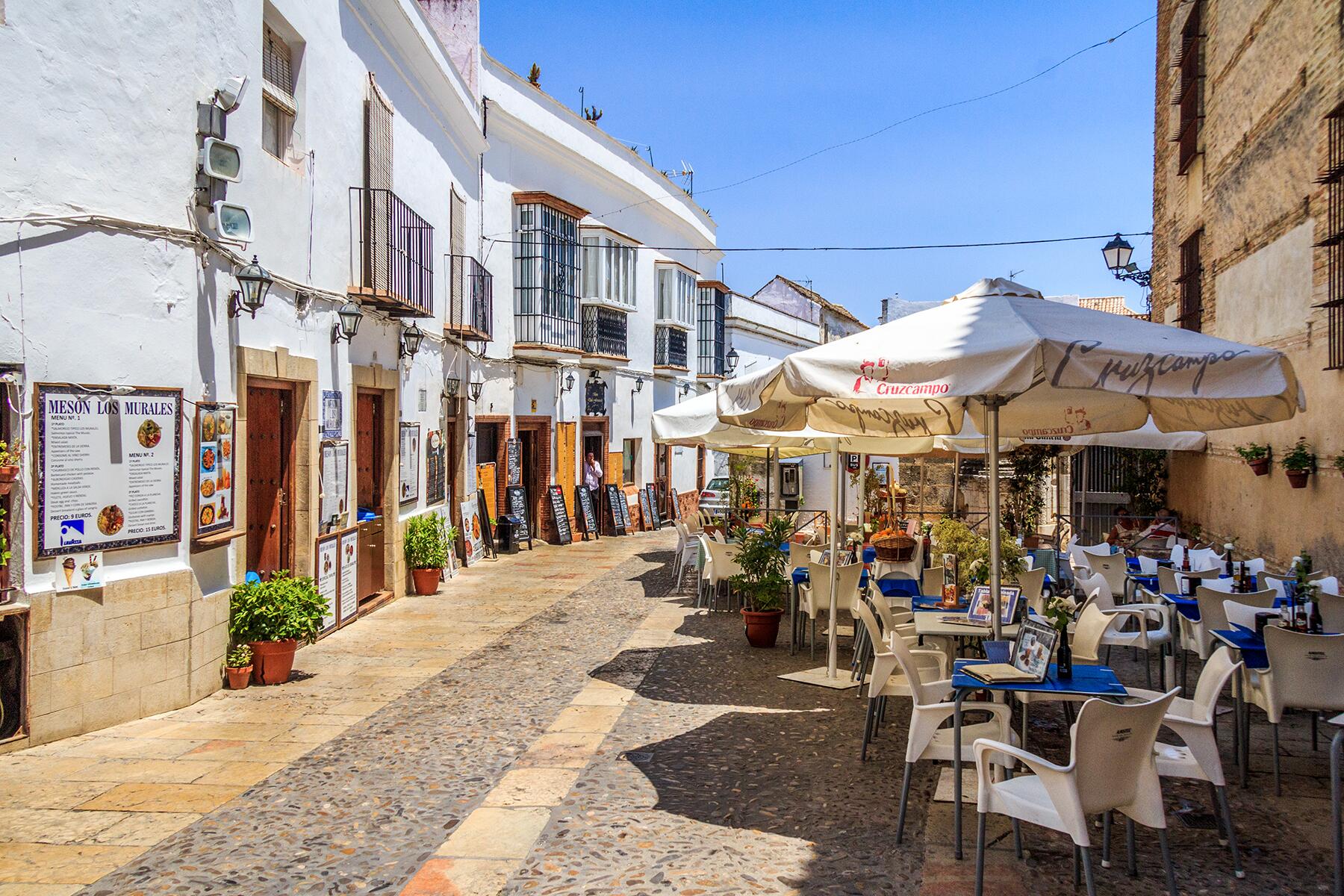Due to curfews, new rules, and closures, the pandemic is forcing Spaniards to change their late-night dining habits and eat dinner earlier.
The pandemic has changed elements of all our everyday lives, but in Spain, it’s changing the very fabric of the culture. The Spanish like to do everything late—they stay out late, shop late, and eat late. In fact, most restaurants don’t even open in the evenings until 8 p.m., and if you do turn up then, you’ll most likely be the only customers there.
The majority of Spaniards won’t eat dinner until at least 9 p.m. or 10 p.m. Before the pandemic, the buzzing Andalusian city of Seville, home to some of the country’s best tapas, would be packed with patrons dining out at 11 p.m., and the clinking of glasses and clatter of forks would be heard well into the night.
But the pandemic is forcing the Spanish to change their culture and eat dinner earlier, due to curfews and changing rules. Currently, there are a range of different curfews in place across the country, from 10 p.m. in Andalusia and in Catalonia, where Barcelona is the capital, to 11 p.m. in the Basque Country and Galicia in the north, and midnight in Madrid and Valencia.
Top Picks for You
Recommended Fodor’s Video
This means people across the country must stay home during the time they would normally be out eating. These anti-COVID-19 measures have been tough on businesses and many have been forced to adapt or go under. It has been reported in Spain that already 15,000 bars and restaurants across the country have closed permanently and a further 25,000, or 15% of the total, will close if these measures continue.
So, can the Spanish learn to change their eating habits, their culture, and everything about the nature of late-night dining to save their bars and restaurants?
Hostelería de España, the Spanish hospitality association which represents bars, restaurants, and hotels across the country, has been running a campaign with the social media hashtags #adelantatucena (“Bring your dinner forward”) and #salvemoslahosteleria (“Save the restaurant industry”), featuring a logo of a cloche with the time 8 p.m. inscribed into it.
Drinks company Schweppes has also installed new billboards across the country, displaying phrases such as: “Dear English people: We will accept socks with sandals if you teach us how to eat dinner at 8 p.m.,” encouraging Spaniards to forego their culture in order to save their local eateries.
The famed Andalusian night-time tapas scene is non-existent right now and the once buzzing plazas of Seville are quiet and still.
In Andalusia, in the south of Spain, even though a 10 p.m.-curfew is in place, bars and restaurants are only allowed to stay open until 6 p.m., so even an 8 p.m. dinner here is not possible. This means that the famed Andalusian night-time tapas scene is non-existent right now and the once buzzing plazas of Seville are quiet and still. Pre-pandemic, restaurants opened for lunch around 1 p.m. and then closed around 4 p.m., only to reopen again at 8 p.m. for dinner service. But if they want to survive now, these times must change.
Shawn Hennessey, a tapas tour guide in Seville says, “Many bars are staying open from lunchtime, all the way through until 6 p.m. now for after-lunch drinks and meriendas [afternoon snacks]. I’ve also noticed a lot more bars in Seville offering breakfast [that never used to] and brunch on weekends is also becoming popular. Before the latest restrictions, bars could stay open until 10:30 p.m., but a lot of people were making the effort to eat at 8 p.m.,” she concluded, indicating that a shift has begun to take place.
In the rest of Spain, rules are not so strict—tapas bars and restaurants don’t have to close by 6 p.m., but most of them do have to close much earlier than normal. Does this mean that restaurants are sitting empty during adapted opening hours, or are people changing their habits and learning to eat earlier?
“Our customers know that they have to come dressed in a coat, a scarf, and a hat if they want to maintain a safe environment.”
In the region of Murcia, where the curfew is 11 p.m., restaurants have to close by 10:30 p.m.—right at the time people would normally be halfway through their meal. Saki Abellan who owns Restaurante Hispano, along with his brothers, knows just how hard it’s been for restaurants to stay afloat this year with all the forced closures and curfews. “We have had to adapt to the situation by opening earlier than usual,” Abellan said. Our clients have had to adapt, too, and now also eat earlier. It’s a whole process, though, because people are also having to change their lunch times (typically 2 p.m.), otherwise, they’re not hungry for an early dinner,” he says.
“We also have to keep the windows open at all times to make sure the restaurant is ventilated,” Abellan continues. This is difficult now that winter is here. “Our customers know that they have to come dressed in a coat, a scarf, and a hat if they want to maintain a safe environment.”
In Catalonia and Barcelona, bars and restaurants must close at 9:30 p.m., so people can get home for the 10 p.m. curfew. This means that if they want to eat out, people are having to shift their dinner times much earlier than they’re used to. Barcelona ex-pat Daniel Welsch says, “I was out last Friday trying to eat at 8:30 p.m. and couldn’t get a table in the first three places I went to. It looks like people are definitely eating earlier.” This type of scenario would be almost unheard of before the pandemic.
Bars in the city are also having to change their opening hours to try and survive. Cervecería Jazz, a local beer and tapas bar, used to open only five days a week from 7 p.m., but now it’s open six days a week, and in the afternoons, too. New rules announced on December 18, stated that from December 21, bars and restaurants in Catalonia will only be able to open in the evenings for takeaway, and no dining indoors for dinner will be permitted.
However, in Spain’s largest city—Madrid—people seem to be resisting change, says local Lori Zaino. “I see more people out for drinks around 8 p.m., but since restaurants can be open until midnight, many are still doing their usual 10 p.m. reservations, only with drinks beforehand instead of after.”
“In Valencia, locals seem to be resisting the change too,” says Graham Hunt, who lives in the city, but comments that the culture of the sobremesa is no longer allowed. Sobremesa is the Spanish tradition of relaxing at the table and chatting after a meal, usually over drinks or coffee. Under normal circumstances, waiters in Spain will never try and hurry groups along, but because of the new rules and curfews, times at the table are being restricted so that they can fit in more customers in.
“For dinner, it’s unthinkable and absolutely impossible for a Spaniard to dine before 9 p.m.”
Not everyone agrees that the Spanish can change their dining habits, however. After all, it is an integral part of the culture here. Some people refuse to adapt and maintain that they will remain Spanish and will not be forced into eating any differently than the way they always have done. Salva García Sánchez, a university teacher who lives in Cordoba, says that most people there are maintaining their usual dining times because of working hours, despite the bars and restaurants having to close by 6 p.m. “For dinner, it’s unthinkable and absolutely impossible for a Spaniard to dine before 9 p.m.”
It remains to be seen how long these curfews will stay in place and how long the virus will stay. If things continue the way they have been for the past year, Spanish dining habits and unique dining culture might have to shift permanently. But most believe that they will resume their late dinner times once the curfews have been lifted and restaurants can choose their own closing times once again.



